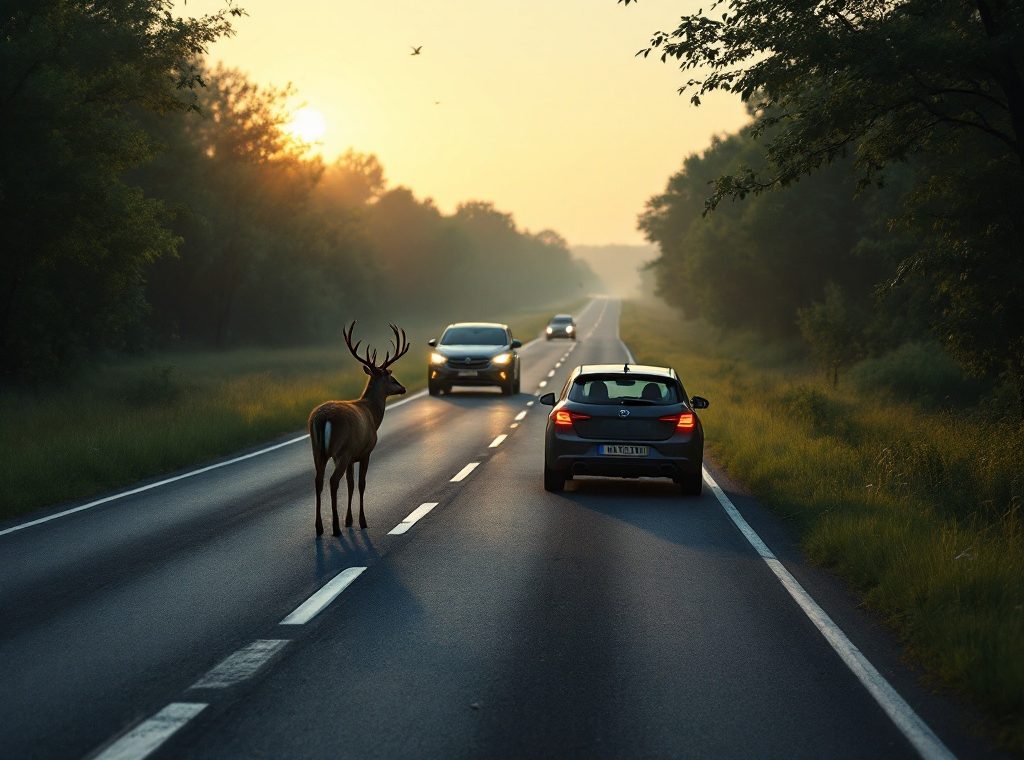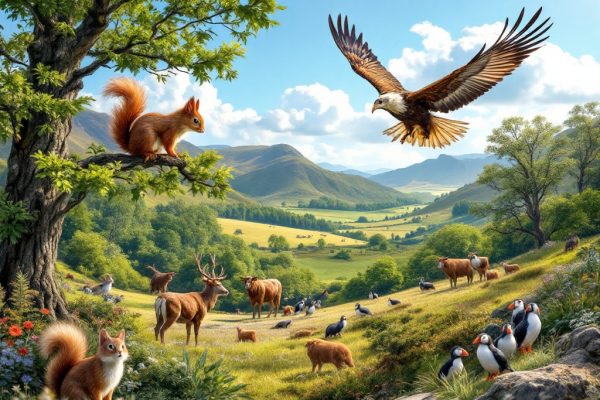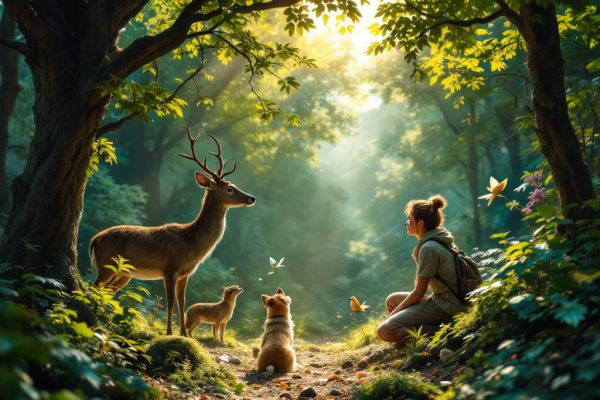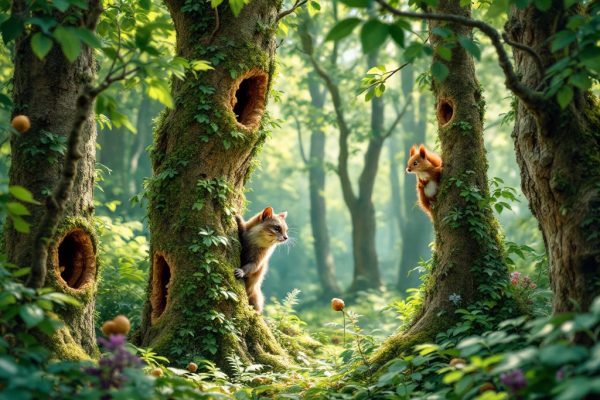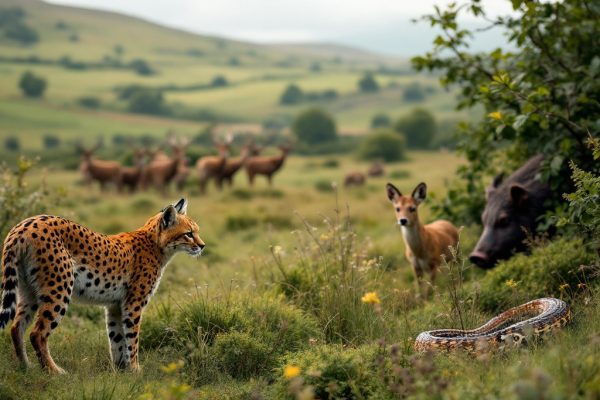Things a Driver Should Never Do when Driving near Animals
Encountering animals on the road can be dangerous. Swerving or honking, common driver reactions, often worsen the situation. Learn how to safely navigate wildlife encounters, protecting yourself and the animals. Discover crucial tips like maintaining safe following distances and reducing speed, especially during dawn and dusk. Read on to become a safer driver around wildlife.
Important information
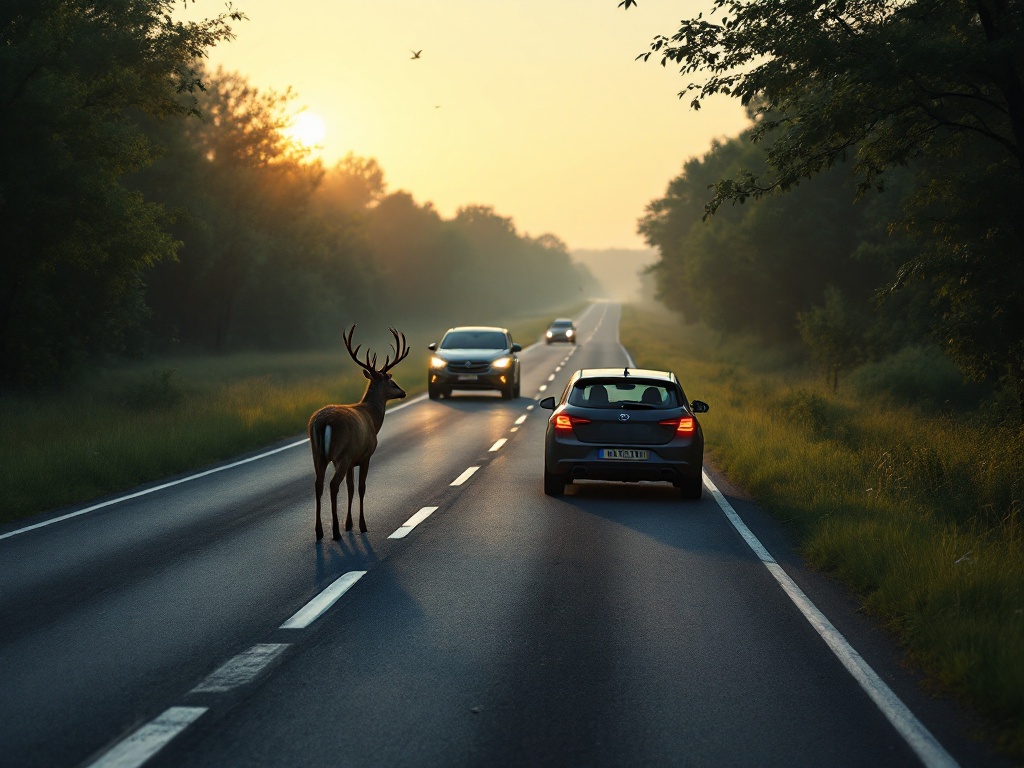
- Avoid swerving, as it can cause loss of control, increasing the risk of collisions with other vehicles or obstacles.
- Do not tailgate; maintain a safe following distance to allow ample reaction time if an animal crosses the road.
- Refrain from honking at animals. It can startle them into unpredictable and dangerous behaviors.
- Reduce speed, especially near animal crossing signs and during dawn and dusk, to improve reaction time and lessen the impact of potential collisions.
- Stay alert and scan the road for animals. Be prepared to brake and exercise patience when animals are present.
Common Mistakes Drivers Make When Driving Near Animals
Encountering animals on the road often leads to driver errors and accidents. Swerving, while a common reaction, can cause drivers to lose control. For everyone’s safety, avoid this behavior.
Tailgating reduces crucial reaction time if an animal suddenly appears. Furthermore, honking can startle animals into unpredictable movements. For everyone’s safety, avoid these behaviors.
Why You Should Not Swerve to Avoid Animals
Swerving can lead to a loss of vehicle control, significantly increasing the risk of a crash. This can result in collisions with other vehicles or roadside obstacles. While hitting an animal is a serious concern, swerving into oncoming traffic is often more dangerous. Staying in your lane is generally the safest option.
The Dangers of Tailgating in Wildlife Areas
Tailgating in wildlife areas is dangerous because it drastically reduces reaction time. Animals often cross roads unexpectedly, so maintaining a safe following distance is crucial. This provides ample reaction time, giving drivers a better chance to brake and avoid collisions, protecting both themselves and the animals.
Understanding the Impact of Honking at Animals
Honking at animals is dangerous, as it can startle them and cause unpredictable reactions like freezing or running into traffic, increasing accident risks. Slowing down and giving animals ample space is a safer approach. They may not understand a honk as a warning; it could worsen the situation.
Safety Tips for Driving Near Animals
Maintain a safe following distance.
Reduce speed, particularly near animal crossing areas.
Dawn and dusk demand heightened vigilance.
Minimize distractions, such as cell phone use.
Use your horn only when necessary to alert animals.
If an animal is in your path, brake decisively but avoid swerving, as this could lead to loss of control.
Stay alert and scan the road for animals and crossing signs.
Obey these signs and patiently allow animals to cross.
Importance of Patient Driving Around Animals
When driving near animals, exercise patience and allow them to cross safely. Avoid rushing or swerving, as stopping is the safest option for all involved. Animals can be unpredictable, so waiting helps prevent potential accidents.
Why Speed Reduction is Crucial in Animal Habitats
Reduced speed provides drivers with crucial reaction time, especially for unexpected wildlife crossings. Driving slower also mitigates the impact of any such accidents, enhancing safety for everyone involved.
Conversely, high speeds increase the likelihood of dangerous, often fatal, collisions with animals.
Maintaining a Controlled Stop When Animals Block the Road
When animals suddenly run into the road, safe stopping is essential to prevent accidents and protect both the animals and the people in the car. Drivers should stay calm and avoid sudden maneuvers.
Best Practices for Collision Prevention with Wildlife
Stay vigilant while driving, especially near wildlife areas. Animals, such as deer, are unpredictable and may suddenly run into the road, often in groups.
If you see one animal, anticipate others. Dawn and dusk are high-risk periods for animal crossings, so be extra cautious during these times.
Pay close attention to animal crossing signs. These signs indicate areas where wildlife frequently cross roads. Reduce your speed, heighten your awareness, and scan the roadside when you approach these signs.
Be prepared to brake at any moment. Animals could appear suddenly and unexpectedly.
Understanding Wildlife Behavior and Movement
Wild animals often exhibit unpredictable behaviors. For example, deer may freeze or even bolt back into oncoming traffic. Understanding their movements is crucial for road safety. Since animals don’t always react predictably to vehicles, drivers must exercise caution.
Reacting Properly to Animal Crossing Signs
Slow down when approaching animal crossing signs. These signs mark areas where animals frequently cross, requiring extra vigilance. Reduced speed enables safer reactions to unexpected animal crossings.

